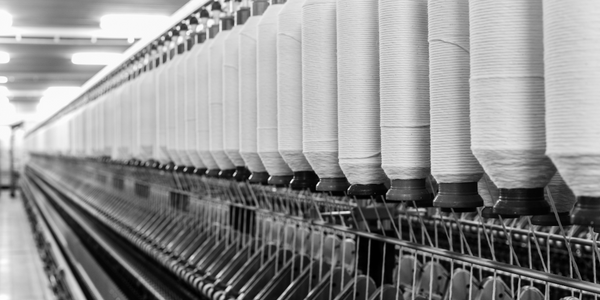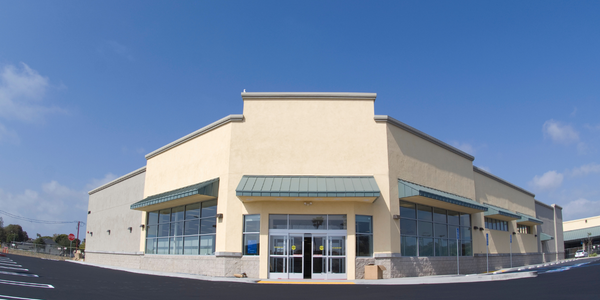公司规模
Large Corporate
地区
- America
国家
- Mexico
产品
- JDA Demand Manager
- JDA Supply Chain Planner
技术栈
- Supply Chain Management Software
- Demand Forecasting Software
实施规模
- Enterprise-wide Deployment
影响指标
- Productivity Improvements
- Cost Savings
- Customer Satisfaction
技术
- 功能应用 - 库存管理系统
- 功能应用 - 制造执行系统 (MES)
适用行业
- 服装
适用功能
- 离散制造
- 采购
用例
- 预测性维护
- 库存管理
服务
- 云规划/设计/实施服务
- 系统集成
关于客户
Grupo Flexi 是墨西哥领先的鞋类制造商,在设计、制造和销售优质鞋类方面拥有超过 75 年的经验。该公司每年生产超过 1300 万双鞋,是墨西哥最大的皮鞋制造商。每双鞋最多有 30 个不同的组件和几种原材料,因此制造过程需要大量劳动力。Flexi 从多个国家采购材料,并将其分发到其制造业务,其中包括 30 家公司自有和分包工厂。该公司扩大了产品种类,为不同的细分市场推出了新产品,这增加了管理更多原材料和库存单位 (SKU) 以及更多鞋类结构的复杂性。
挑战
Grupo Flexi 是墨西哥一家领先的鞋类制造商,随着其产品种类的扩大,其供应链面临着日益复杂的问题。该公司每年生产超过 1300 万双鞋,每双鞋需要多达 30 种不同的部件和多种原材料。皮革是最重要的材料之一,其交货时间不等,从三周到三个月不等,具体取决于供应商。Flexi 从多个国家采购材料,并将其分发到其制造业务,其中包括 30 家公司自有和分包工厂。八年前,Flexi 决定扩大其产品种类,为不同的细分市场推出新产品。这一举措增加了管理更多原材料和库存单位 (SKU) 的复杂性,也增加了鞋类结构的复杂性,这需要不同工厂具有不同的专业化和产能。
解决方案
为了管理日益复杂的业务,Flexi 聘请了 JDA 咨询服务公司进行为期六周的咨询服务。咨询顾问向 Flexi 介绍了 JDA 的供应链规划最佳实践,确定了机会领域,并制定了实施这些建议的路线图。Flexi 选择 JDA 供应链规划器和 JDA 需求管理器来提高其预测能力,优化其供应链,并规划生产、产能和材料采购。该公司与 JDA 合作实施流程和组织建议,并实施 JDA 的解决方案以改进需求管理和主计划流程。JDA 解决方案使 Flexi 能够规划更多种类的产品。由于大多数计算和优化都由软件完成,Flexi 可以专注于战略决策。
运营影响
数量效益

Case Study missing?
Start adding your own!
Register with your work email and create a new case study profile for your business.
相关案例.

Case Study
Fire Alarm System and Remote Monitoring Sytem
Fire alarm systems are essential in providing an early warning in the event of fire. They help to save lives and protect property whilst also fulfilling the needs of insurance companies and government departments.Fire alarm systems typically consist of several inter-linked components, such as smoke detectors, heat detector, carbon monoxide, manual call points, sounders, alarm and buzzer. The fire alarm system should give immediate information in order to prevent the fire spread and protect live and property.To get maximum protection a shoe manufacturer in Indonesia opted for a new fire alarm system to monitor 13 production sites spread over 160 hectars. Although the company had an existing fire alarm system, it could not be monitored remotely.It was essential that the new system would be able to be monitored from a central control room. It needed to be able to connect to the existing smoke detector and manual call point. Information should be easily collected and passed on to the Supervisory Control and Data Acquisition (SCADA) system. Furthermore, the system should have several features such as alarm management, auto reporting, being connected to many client computers without additional cost, and run 24/7 without fails. The company also needed a system which could be implemented without changing the architecture of the existing fire alarm system.

Case Study
IoT Applications and Upgrades in Textile Plant
At any given time, the textile company’s manufacturing facility has up to 2,000 textile carts in use. These carts are pushed from room to room, carrying materials or semi-finished products. Previously, a paper with a hand-written description was attached to each cart. This traditional method of processing made product tracking extremely difficult. Additionally, making sure that every cart of materials or semi-finished products went to its correct processing work station was also a problem. Therefore, the company desired an intelligent solution for tracking assets at their factories. They also wanted a solution that would help them collect process data so they could improve their manufacturing efficiency.

Case Study
Retailer Uses RFID Scanner to Improve Efficiency
Patrizia Pepe wished to improve the logistics of their warehouse: accepting incoming goods from their production sites, movement of items throughout
the warehouse, and packaging of goods for distribution to the retail locations. They initially tried to use barcodes for this function. Because barcodes must be individually scanned within a line-of-sight, the acceptance of goods coming into the warehouse was too time consuming. Working with the University of Florence, Patrizia Pepe instituted a five-month pilot project beginning in August of 2009 to test the validity of an RFID solution. The pilot involved tagging of about 60,000 items for the second seasonal collection, and convinced the company to move forward with tagging all items.

Case Study
Monitoring and Controlling Automatic Mixing and Dispensing Machines
As technology advances, textile manufacturing has been transformed from a labor-intensive to a partially or fully automated industry. Automation is significant in all segments of textile production - from spinning to printing, and textile machinery manufacturers are constantly searching for new technologies and automation processes will increase the productivity of their machines. The color paste mixing and dispensing machine is an essential part of the printing and dyeing process. With the advantage of automatically computerized controls and database management, the system can significantly improve its dispensing precision, working efficiency and production quality as well as reducing material consumption.









